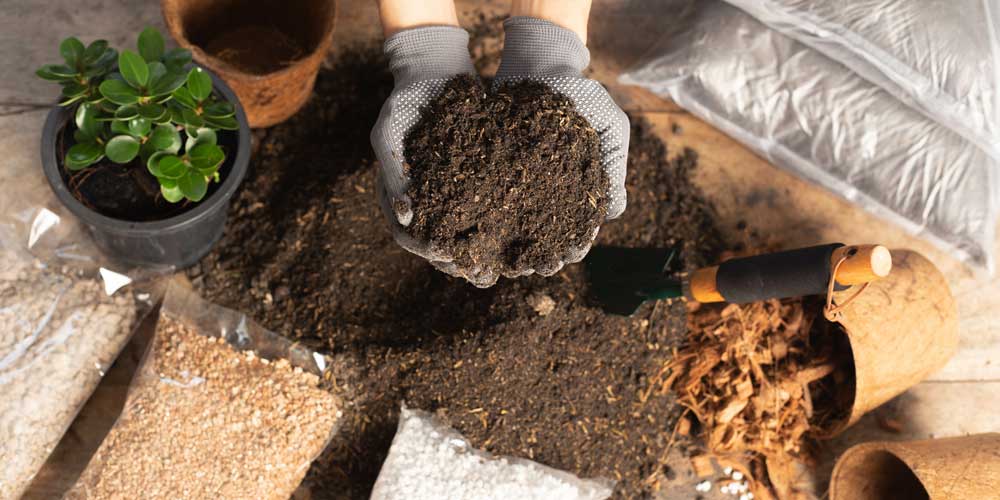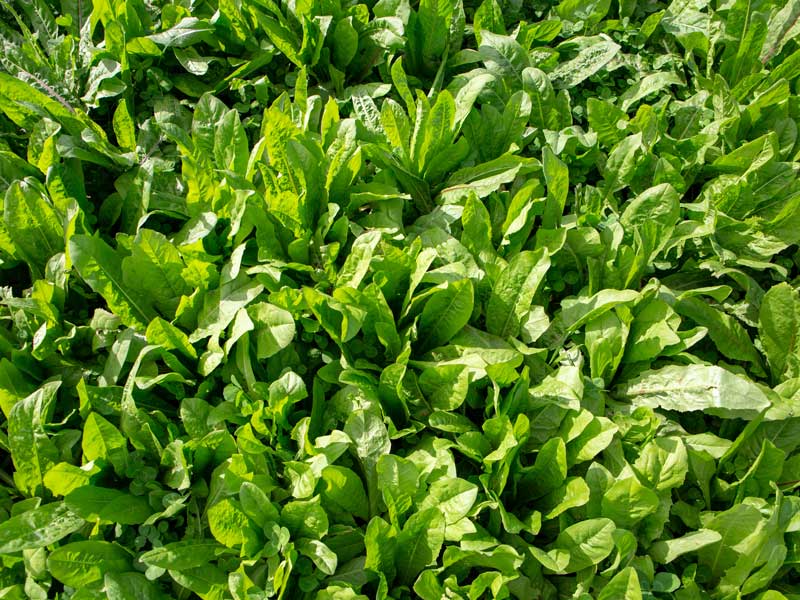
Vermiculite is a natural mineral that has been used for decades as a soil improver, seed starter, and growth medium. Its unique properties of moisture retention, aeration, and nutrient absorption make it an essential component for gardeners, urban farmers, and horticultural enthusiasts. Whether growing vegetables, herbs, or ornamental plants, vermiculite can significantly enhance soil performance and plant health.
Common Names: Vermiculite, Expanded Mica, Horticultural Vermiculite.
This guide explores everything you need to know about using vermiculite as a soil improver, including its benefits, preparation techniques, application methods, and tips for maximizing plant growth. Whether you are a beginner gardener or an experienced grower, understanding how to incorporate vermiculite effectively can improve yields, reduce watering frequency, and promote healthier roots and foliage.
Table of Contents
- Understanding Vermiculite: An Overview
- Properties of Vermiculite
- Benefits of Vermiculite for Soil and Plants
- How to Apply Vermiculite in Gardens
- Using Vermiculite for Seed Starting
- Mixing Vermiculite into Potting Soil
- Vermiculite in Container Gardening
- Soil Maintenance and Vermiculite
- Common Issues and Troubleshooting
- Sustainable Gardening with Vermiculite
- Impact on Edible Plants and Crops
- Frequently Asked Questions About Vermiculite
- Conclusion: Maximizing Growth With Vermiculite
Understanding Vermiculite: An Overview
Vermiculite is a naturally occurring mineral that expands when heated to high temperatures. This creates lightweight, porous particles with excellent water retention and aeration properties. Unlike other soil amendments, vermiculite does not compact easily, allowing roots to access oxygen and retain moisture. This makes it particularly valuable for improving the structure and fertility of garden soils.
Used for both indoor and outdoor gardening, vermiculite is compatible with vegetables, herbs, flowers, and ornamental plants. It works well in raised beds, containers, and traditional in-ground gardens, offering versatility for a wide range of horticultural applications.
Properties of Vermiculite
Vermiculite possesses several unique properties that make it an excellent soil improver:
- Water Retention: Vermiculite can absorb many times its weight in water, helping maintain consistent soil moisture.
- Aeration: Its porous structure prevents soil compaction and ensures roots receive sufficient oxygen.
- Nutrient Retention: Vermiculite holds nutrients like potassium, calcium, and magnesium, releasing them slowly to plant roots.
- pH Neutral: It has a neutral to slightly alkaline pH, making it compatible with most plant types.
- Lightweight and Sterile: Vermiculite is easy to handle, sterile, and free from pathogens, pests, and weed seeds.
These properties make vermiculite an ideal choice for enhancing soil quality, especially in soils that are sandy, compacted, or nutrient-deficient.
Benefits of Vermiculite for Soil and Plants
Vermiculite offers multiple advantages for gardeners and growers:
- Improved Soil Structure: Loose, crumbly soil allows roots to grow freely and access nutrients efficiently.
- Enhanced Moisture Retention: Plants experience less stress during dry periods because vermiculite holds water close to the roots.
- Better Seed Germination: Vermiculite creates an ideal environment for seeds to sprout due to consistent moisture and oxygen levels.
- Increased Yield: Healthier roots and balanced moisture promote faster growth and stronger, more productive plants.
- Reduced Watering Frequency: Water is retained within the particles and slowly released, reducing the need for frequent irrigation.
For detailed scientific analysis of vermiculite’s impact on plant growth, see this research study.

How to Apply Vermiculite in Gardens
Applying vermiculite to soil is straightforward and can be adapted for various gardening situations:
- Surface Layer: Sprinkle a thin layer of vermiculite over the soil before planting seeds or seedlings to improve moisture retention.
- Incorporation: Mix vermiculite directly into the top 10–15 cm of garden soil to enhance structure and aeration.
- Mulching: Lightly spread vermiculite around the base of plants to reduce evaporation and keep roots cool.
Consistent application across the garden ensures uniform growth and reduces localized dry spots.
Using Vermiculite for Seed Starting
Vermiculite is one of the most reliable mediums for seed starting due to its excellent water retention, aeration, and sterile nature. These properties create an ideal environment for seeds to germinate quickly and uniformly. Unlike soil alone, vermiculite prevents seeds from drying out while providing enough oxygen to avoid root suffocation.
Step-by-Step Guide for Using Vermiculite
- Choose the Right Container: Use seed trays, small pots, or shallow containers with good drainage. Vermiculite naturally reduces the risk of oversaturation, but proper drainage ensures healthy seedlings.
- Prepare and Fill the Vermiculite: Moisten fine vermiculite until damp but not soggy, like a lightly wrung-out sponge. Fill containers with a 2–3 cm layer (slightly deeper for larger seeds) to provide consistent moisture contact for germination.
- Sow the Seeds: Place seeds evenly on top of the vermiculite. Lightly press them to ensure contact with moisture without burying them too deep, as most seeds only need a thin covering or surface placement.
- Water Gently and Maintain Humidity: Mist seeds lightly to avoid displacing them. Cover trays with a transparent lid or plastic wrap to keep humidity stable, reducing evaporation and creating a warm environment for sprouting.
- Provide Light and Warmth: Place containers in indirect sunlight or under grow lights. Most seeds germinate best at 20–25°C (68–77°F), though this can vary depending on the plant type.
- Monitor and Adjust: Check daily to keep vermiculite consistently damp. Gradually remove covers as seedlings emerge to acclimatize them to lower humidity and prevent fungal issues.
- Transplant Seedlings: When seedlings have 2–3 true leaves and strong roots, transplant them into pots, raised beds, or garden soil. Optionally, mix vermiculite into the transplant soil to improve aeration, moisture retention, and root establishment.
Additional Tips for Success
- For very small seeds, sprinkling a thin layer of vermiculite on top helps prevent damping-off and ensures even moisture contact.
- Use vermiculite mixed with a small amount of seed-starting compost for nutrient-sensitive plants, but keep the ratio high in vermiculite to maintain aeration and drainage.
- Keep the medium free from stagnant water to avoid fungal issues like mold or rot. Vermiculite’s structure minimizes this risk but does not eliminate it entirely.
- Label containers clearly, as seedlings may look similar in the early stages. Vermiculite allows easy observation of root development, making it ideal for education or experimental gardens.
Using vermiculite for seed starting not only improves germination rates but also ensures seedlings develop strong, healthy roots that establish quickly after transplanting. This technique is particularly effective for delicate seeds, microgreens, and vegetables like tomatoes, peppers, radishes, and lettuce, where early growth is critical for successful harvests.
Mixing Vermiculite into Potting Soil
Vermiculite can be incorporated into potting mixes to improve soil performance:
- Standard Mix: Combine 1 part vermiculite with 2 parts compost or peat moss for general-purpose soil.
- Vegetable Mix: Mix equal parts vermiculite, compost, and loamy soil to support growth of vegetables like tomatoes, peppers, and lettuce.
- Herb Mix: Blend 1 part vermiculite with 1 part sand and 1 part organic soil for herbs that require well-draining soil.
Vermiculite’s lightweight structure reduces soil compaction, even in heavy containers or raised beds.
Vermiculite in Container Gardening
Containers often dry out faster than ground soil, making vermiculite an essential amendment:
- Mix vermiculite with potting soil to retain moisture and improve aeration.
- Add a top layer of vermiculite to reduce evaporation.
- Use vermiculite when transplanting seedlings to help roots establish quickly in new pots.
Whether growing tomatoes on a balcony or radishes in microgreen trays, vermiculite ensures consistent moisture and healthier plants.

Soil Maintenance and Vermiculite
Over time, vermiculite naturally decomposes but remains effective for several seasons. To maintain soil quality:
- Reapply vermiculite annually when preparing garden beds.
- Mix thoroughly with compost to replenish nutrients.
- Monitor soil moisture and adjust irrigation to match plant needs.
Regular maintenance ensures plants continue to thrive, with roots remaining well-aerated and adequately hydrated.
Common Issues and Troubleshooting
While vermiculite is generally safe, gardeners should note a few considerations:
- Overwatering: Excess vermiculite can hold too much moisture, so balance with sand or perlite for drainage.
- pH Sensitivity: Although mostly neutral, some vermiculite may slightly increase soil alkalinity; test soil if growing acid-loving plants.
- Dust: Fine vermiculite dust can irritate lungs; wear a mask when handling large quantities.
Understanding these factors helps prevent issues and maximizes vermiculite’s benefits.
Sustainable Gardening with Vermiculite
Vermiculite contributes to sustainable gardening by:
- Reducing water usage due to its moisture-retention properties.
- Enhancing soil fertility naturally, lowering the need for chemical fertilizers.
- Encouraging healthy root systems and plant resilience, reducing crop loss.
Integrating vermiculite with composting and organic practices supports eco-friendly gardening and long-term soil health.
Impact on Edible Plants and Crops
Vermiculite benefits edible plants by:
- Maintaining consistent soil moisture for leafy greens like lettuce, spinach, and kale.
- Reducing transplant shock for seedlings, improving early growth and yield.
- Enhancing nutrient availability, leading to healthier, more flavorful fruits and vegetables.
Gardeners can safely use vermiculite for herbs, vegetables, and microgreens without affecting taste or safety.

Frequently Asked Questions About Vermiculite
- Can I use vermiculite indoors? Yes, it works well in pots, trays, and raised beds.
- How much vermiculite should I mix into soil? Typically 20–30% by volume for most garden beds and containers.
- Does vermiculite break down over time? Yes, it gradually decomposes but remains effective for multiple seasons.
- Is vermiculite safe for edible plants? Yes, it is widely used in organic and conventional gardening for vegetables and herbs.
- Can I reuse vermiculite? Yes, sterilize or rinse before reuse to prevent potential contamination.
Maximizing Growth With Vermiculite
Vermiculite is a versatile, sustainable, and highly effective soil improver that enhances water retention, aeration, and nutrient availability. From seed starting to container gardening, raised beds, and vegetable plots, it supports healthy root systems, increases yields, and reduces maintenance. By incorporating vermiculite into your gardening practices, you can cultivate stronger, healthier, and more productive plants, whether you are growing flowers, herbs, or edible crops.
Click here to shop our full range of vermiculite and soil amendments for your garden!
